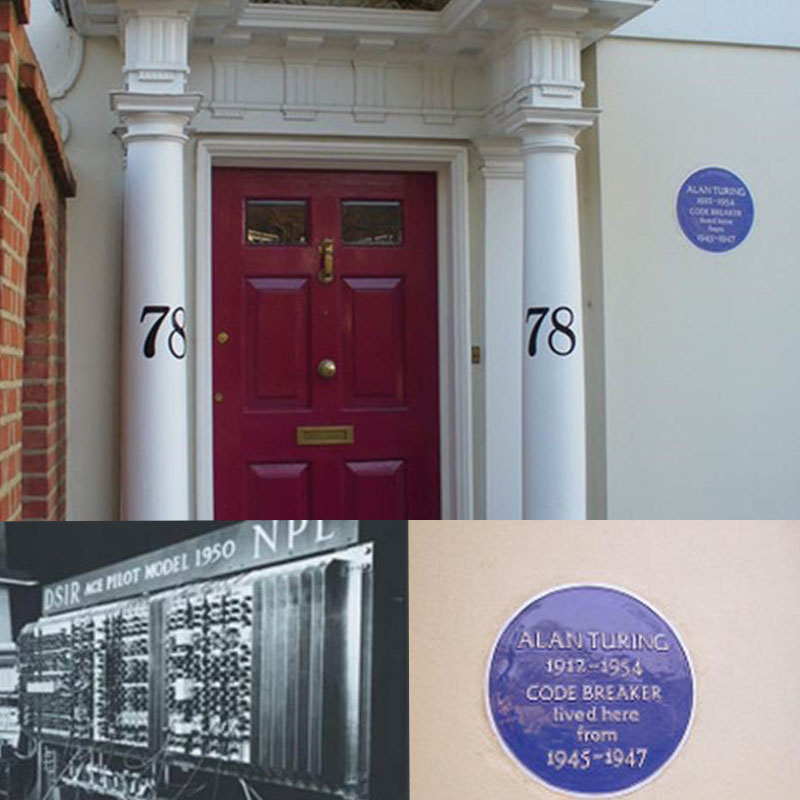Teddington’s Alan Turing In Running For Face Of New £50 Note
One of Britain’s most significant scientists, the code-breaker Alan Turing, who lived and worked in Teddington, could be the ‘face’ of the new £50 note next year. The nominated scientist’s image will appear on the new Bank of England note next year following a public vote.
The winning ‘face’ will need to have contributed to the field of science, be no longer alive, have shaped thought innovation, demonstrated leadership or values in the UK and inspired people.
Turing, whose story was told in the film The Imitation Game, starring Benedict Cumberbatch as the mathematician, is best known for his work breaking the Enigma codes at the Government Code and Cryptography School at Bletchley Park during the Second World War.
His work while at the National Physical Laboratory (NPL) in Hampton Road between 1945 and 1948 had a massive effect on what would become modern computing. He designed and led the initial work on the Pilot ACE computer, the first universal computer of its kind.
Although his time at the NPL was short, his personal contribution was key to the design and eventual construction of the ACE computer.
Despite the setbacks, from lack of staff, technical expertise and funding, and despite Turing himself leaving NPL for good in 1948, the Pilot ACE was eventually built and demonstrated to the public and press in late 1950. This led to the development of DEUCE (the commercial version of the Pilot ACE) and finally ACE, the full-scale Automatic Computing Engine, in 1958.
During his time working at the NPL, Turing, who died in 1954, aged 41, lived at Number 78 Hampton Hill where a distinctive blue plaque can be seen. Its inscription says: ‘Alan Turing 1912-1945, Code Breaker lived here from 1945-1947.’
In launching the public nomination, called ‘Think Science for the new £50 note’ the Bank of England said: “We want the characters who make it onto our banknotes to come from different backgrounds and fields. When selecting a new character, we take into account who has featured on notes in the past. We therefore look for UK characters who have made an important contribution to our society and culture through their innovation, leadership or values.
“We run focus groups to help us identify which characters on the longlist would resonate strongly with people, and which might cause concern. The committee then agrees a final shortlist, based on the focus group feedback and detailed historical research about each of the characters. The shortlist also reflects our intention to portray a diverse range of characters over time. The final decision is made by the Governor.”
Significant characters have featured on the back of banknotes since William Shakespeare appeared on the £20 notes in 1970. The Bank of England says: “It allows us to celebrate people who have shaped UK society their thought, innovation, leadership or values.” The field is chosen by the Banknote Character Advisory Committee.
If you are interested in making Teddington part of banknote history, find out more at https://www.bankofengland.co.uk/banknotes/50-pound-note-nominations








